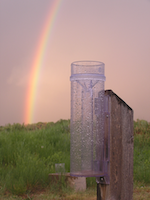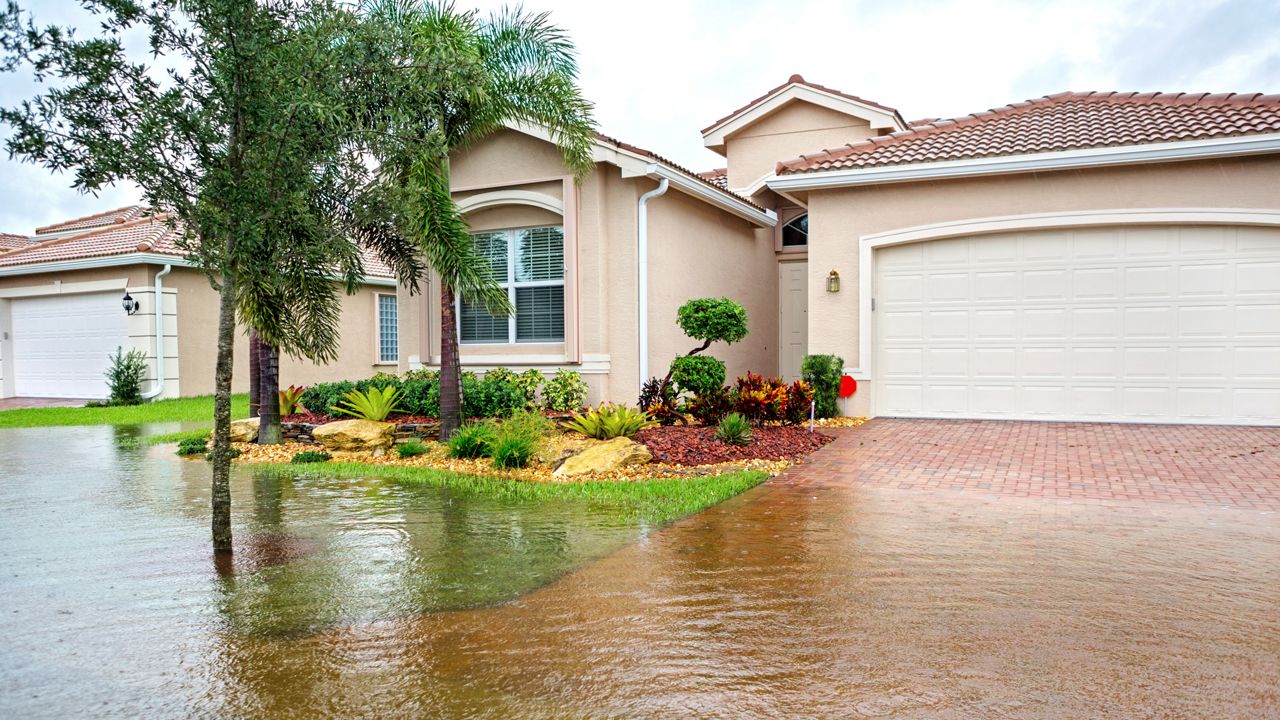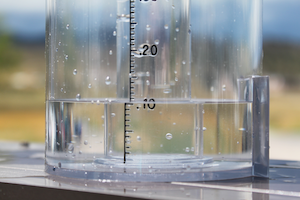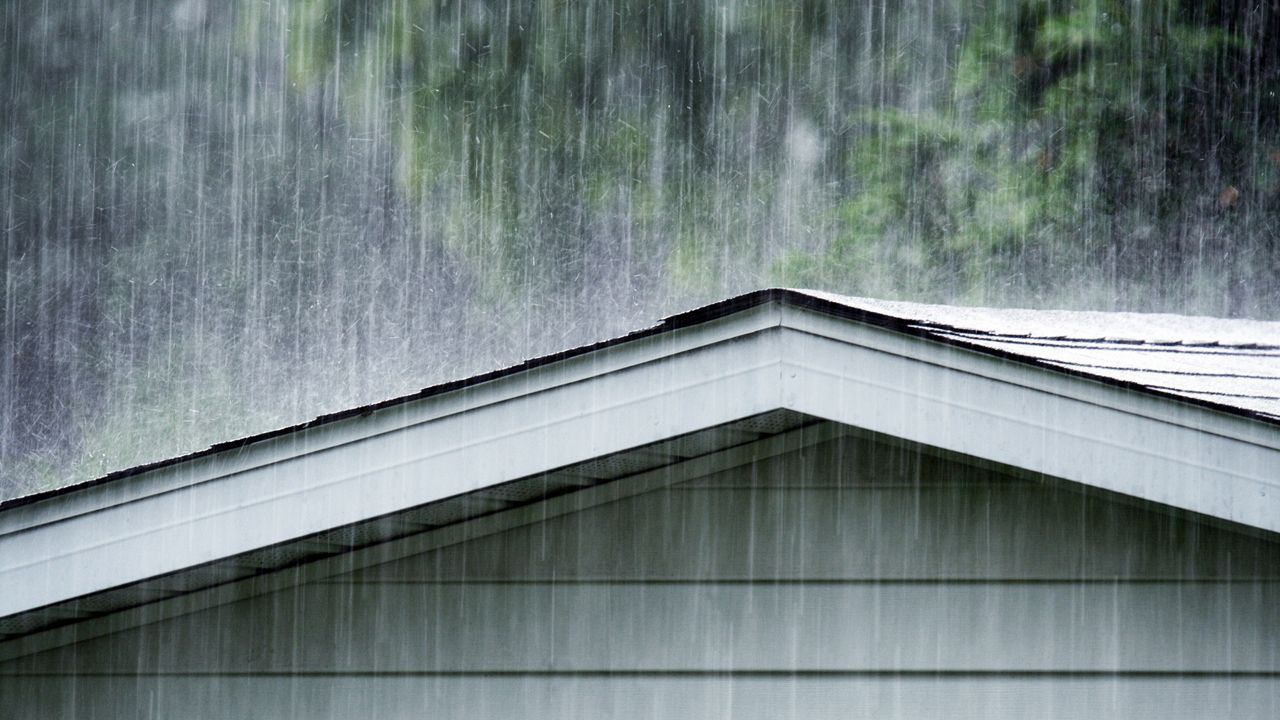Have you ever seen a rainfall report on one of our weather segments and thought “that's not what I got”?
Well, here’s your chance to help!
During the month of March, you’re encouraged to sign up to be a volunteer observer with the Community Collaborative Rain, Hail and Snow Network, or CoCoRaHS, program. It's a network of volunteers in Florida and across the U.S. who provide rainfall, snowfall and hail observations from their communities.
This month is recruiting month. The goal is to increase the number of rainfall observations in our area and throughout the state of Florida during "CoCoRaHS March Madness."
Last year, Florida recruited the sixth-most observers out of all 50 states. This month so far, we are near the top five of new weather observers.

CoCoRaHS reports are extremely valuable in our area during heavy rain events, our daily summer thunderstorms and hurricane season.
The reports fill the gaps between official observation sites. They're especially needed in rural, less populated areas where there are few official sites.
At Spectrum Bay News 9, we check local CoCoRaHS reports because we know how much rain you received could be very different from a nearby neighborhood. Just last week, on March 15, we had thunderstorms move across the area and those reports were helpful in determining which areas received the most rainfall.
The reports are also important to National Weather Service meteorologists, farmers, forestry officials, water management employees and emergency management personnel.
According to Austen Flannery, a meteorologist with the National Weather Service office in Ruskin, "CoCoRaHS is extremely valuable for tropical cyclones since rainfall is a huge part and can be very impactful. Elsa is certainly the most recent one in that realm, but we use the data for every single one."

The data is used to understand rainfall patterns in the summer and drought conditions at other times of the year.
Flannery adds, "The one-size-fits-all approach works fine for the big picture, but tends to struggle once you get down to smaller scales (at the city level, for instance)."
That's why we also depend on our Klystron 9 radar, which can detect areas of locally heavy rain. Klystron 9 recently had some major upgrades.

If you’re interested in volunteering, you can register on the CoCoRaHS website: www.cocorahs.org.
It's free to sign up but you must have a four-inch rain gauge (you can buy one for about $30 plus tax).
After that, you can start reporting rainfall amounts from your own backyard!



